
Blueprints for Text Analytics Using Python Jens Albrecht, Sidharth Ramachandran, Christian Winkler
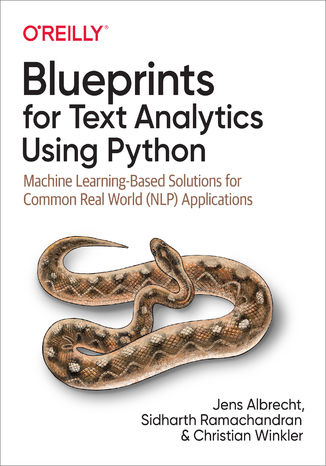



- Autorzy:
- Jens Albrecht, Sidharth Ramachandran, Christian Winkler
- Wydawnictwo:
- O'Reilly Media
- Ocena:
- Stron:
- 424
- Dostępne formaty:
-
ePubMobi
 opcje wysyłki »
opcje wysyłki »
Opis
książki
:
Blueprints for Text Analytics Using Python
Turning text into valuable information is essential for businesses looking to gain a competitive advantage. With recent improvements in natural language processing (NLP), users now have many options for solving complex challenges. But it's not always clear which NLP tools or libraries would work for a business's needs, or which techniques you should use and in what order.
This practical book provides data scientists and developers with blueprints for best practice solutions to common tasks in text analytics and natural language processing. Authors Jens Albrecht, Sidharth Ramachandran, and Christian Winkler provide real-world case studies and detailed code examples in Python to help you get started quickly.
- Extract data from APIs and web pages
- Prepare textual data for statistical analysis and machine learning
- Use machine learning for classification, topic modeling, and summarization
- Explain AI models and classification results
- Explore and visualize semantic similarities with word embeddings
- Identify customer sentiment in product reviews
- Create a knowledge graph based on named entities and their relations
Wybrane bestsellery
O'Reilly Media - inne książki
Dzięki opcji "Druk na żądanie" do sprzedaży wracają tytuły Grupy Helion, które cieszyły sie dużym zainteresowaniem, a których nakład został wyprzedany.
Dla naszych Czytelników wydrukowaliśmy dodatkową pulę egzemplarzy w technice druku cyfrowego.
Co powinieneś wiedzieć o usłudze "Druk na żądanie":
- usługa obejmuje tylko widoczną poniżej listę tytułów, którą na bieżąco aktualizujemy;
- cena książki może być wyższa od początkowej ceny detalicznej, co jest spowodowane kosztami druku cyfrowego (wyższymi niż koszty tradycyjnego druku offsetowego). Obowiązująca cena jest zawsze podawana na stronie WWW książki;
- zawartość książki wraz z dodatkami (płyta CD, DVD) odpowiada jej pierwotnemu wydaniu i jest w pełni komplementarna;
- usługa nie obejmuje książek w kolorze.
Masz pytanie o konkretny tytuł? Napisz do nas: sklep@helion.pl
Książka drukowana





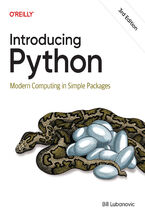


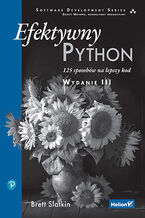
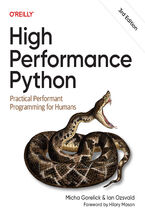
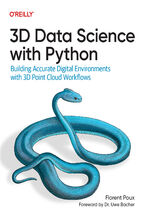

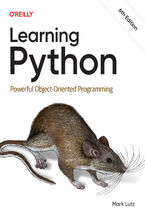






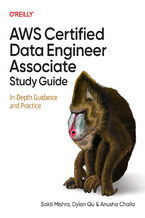
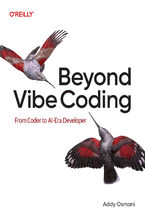
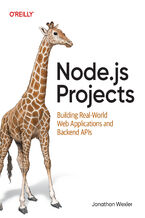

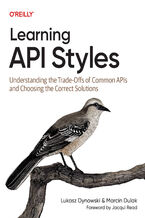
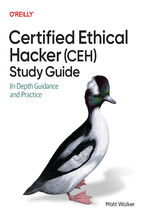
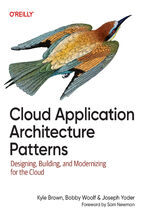
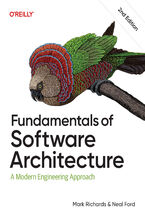
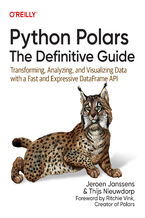
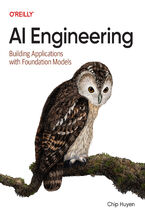



Oceny i opinie klientów: Blueprints for Text Analytics Using Python Jens Albrecht, Sidharth Ramachandran, Christian Winkler
(0)